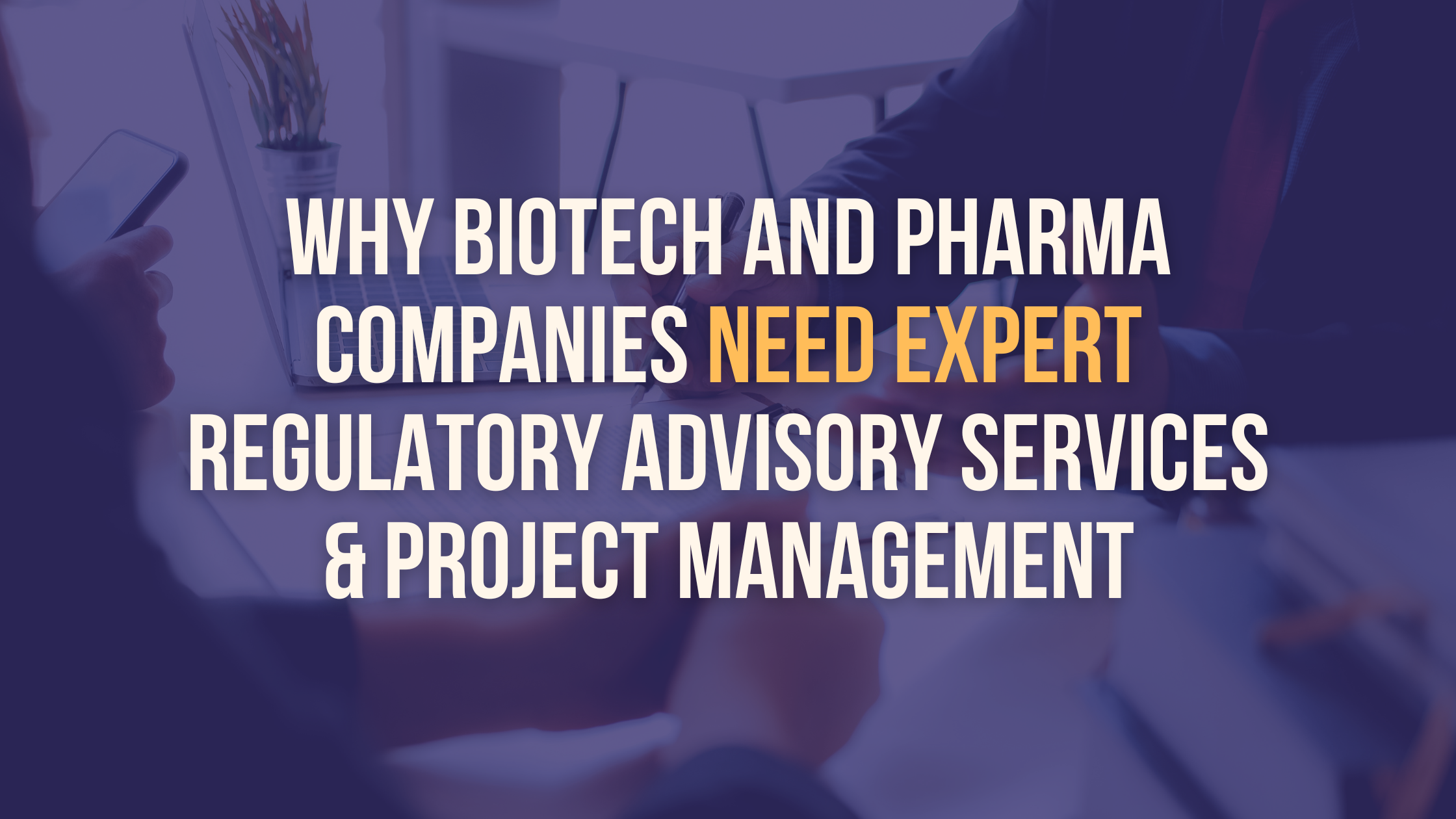
Project Management Best Practices for Pharma & Biotech R&D
The pharmaceutical and biotech industries are under immense pressure to innovate quickly—without compromising quality, compliance, or cost. Effective project management is the backbone of R&D success, and at Celeris Consulting, we help bring structure and strategy to scientific, regulatory and functional complexity.
The Stakes of Poor Project Management
Without robust project management backed by experience in the full development and commercialization phases, organizations often experience:
- Missed development milestones
- Lack of resource coordination which impedes the ability to speed up timelines
- Overlapping or redundant activities that add cost
- Reduced cross-functional communication resulting in lost opportunities
These challenges not only slow down innovation but can also result in failed regulatory submissions, inefficient use of resources, and costly project delays or loss of commercial value.
Pharma-Specific Project Management Challenges
Unlike other industries, pharma R&D project management must account for:
- Regulatory dependencies (e.g., IND, NDA, BLA submission timing)
- Clinical trial design and execution
- Preclinical pharmacology and toxicology results and impacts
- Manufacturing scale-up and tech transfer
- Coordination among global stakeholders
Celeris Project Management Framework
We use a tailored approach combining a Stage-Gate discipline, risk tracking and agile problem solving. Key components include:
- Integrated Project Plans: Milestone-driven timelines, aligned with clinical and regulatory gates.
- Risk Registers: Early identification and mitigation of project risks.
- Status Reports & Governance Cadence: Routine updates for executive and operational teams.
- Resource Allocation Models: Load balancing to optimize personnel and timelines. Develop robust strategies for use of internal resource and outsourcing needs.
- Change Control: Formalized processes to manage scope evolution.
Best Practices in Pharma & Biotech R&D Project Management
- Start with a Clear Project Charter
A project charter defines objectives, timelines, deliverables, and roles. It ensures all team members and stakeholders understand the purpose and expected outcomes from day one. This charter also defines regulatory deliverables and decision gates.
- Align Functional Teams Early
Cross-functional alignment is crucial in the R&D phase. Bringing clinical, regulatory, CMC (chemistry, manufacturing and controls), and quality teams into planning discussions early reduces downstream friction. Clear communication channels, shared digital platforms, and joint milestone ownership promote cohesion.
- Implement Stage-Gate Governance
Stage-gate governance enables disciplined progression through development phases. At each gate (e.g., preclinical, Phase I, Phase II, etc.), a formal review assesses data, risk, and strategic alignment before proceeding. This helps companies avoid investing heavily when or where not required.
- Use Rolling Wave Planning
Rather than planning all activities upfront, rolling wave planning allows near-term tasks to be highly detailed while longer-term items remain broad. This accommodates the uncertainty inherent in R&D while keeping the team agile and responsive.
- Define KPIs and Monitor Progress Visibly
Use key performance indicators (KPIs) such as:
- Time-to-first patient
- Enrollment rate vs. plan
- Protocol deviation rates
- Budget variance
- Risk resolution rate
Track these and more using dashboards and review them regularly in governance forums. This provides transparency and supports rapid decision-making.
- Leverage Technology
Use centralized project management tools like MS Project, Smartsheet, or specialized platforms such as Planisware for real-time collaboration, tracking dependencies, and sharing documents. In highly regulated environments, these tools support audit readiness and documentation control.
- Conduct Risk Assessments Routinely
Pharma and biotech projects are inherently risky. Formal risk assessments should be conducted at regular intervals and include mitigation plans. Use a risk matrix to quantify and prioritize risks.
- Manage Stakeholder Expectations Proactively
From investors to regulatory agencies, effective stakeholder management can make or break a project. Provide timely updates, prepare for milestone meetings, and establish expectations around data readiness and trial timelines.
- Build in Compliance from the Start
Ensure that Good Clinical Practice (GCP), Good Manufacturing Practice (GMP), and regulatory documentation requirements are embedded into project workflows—not treated as last-minute add-ons.
- Document Lessons Learned
After each major phase, conduct a structured retrospective to document what worked, what didn’t, and what can be improved. Institutionalizing these lessons strengthens your organization’s project management maturity over time.
Cross-Functional Collaboration
We serve as central facilitators across R&D, quality, regulatory, clinical, and CMC teams. We ensure communication flows and that no workstream operates in a silo.
Measurable Outcomes
Projects consistently deliver:
- 20–30% faster timelines
- Improved regulatory readiness
- Greater cross-functional satisfaction
- Enhanced documentation quality
When a development program is managed well, innovation flourishes and accelerates. Celeris helps you achieve the structure, visibility, and accountability needed to move forward with confidence. Our best practices are designed not only to streamline project execution but to create lasting organizational capabilities.
Book a discovery call to assess your project management maturity and implement best practices tailored to your program or pipeline.
.png?width=2240&height=1260&name=project%20management%20bp%20(2).png)
.png?width=2240&height=1260&name=strategic%20program%20leadership%20(1).png)